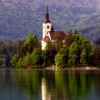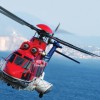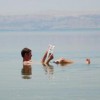One of the most popular items on a traveller’s bucket list (and if not it should be included) is to view the Aurora Borealis (commonly known as the Northern Lights) as it’s probably natures most spectacular regular phenomena. The Aurora Borealis can be viewed in the arctic polar region during the darker months from late November to March within the latitudes of about 65 to 72 degrees depending on the level of ‘space weather’ or ‘solar activity’ which varies from hour to hour, day to day and year by year. If you’re not familiar with how the Aurora Borealis is created, it is due to charged particles that are emitted by the sun (known as the solar winds), colliding with and following along, earth’s magnetic field lines and ultimately interacting with high altitude atmospheric gases to create colourful ‘waves’ which gradually move and ‘dance’ across a clear moonless night.
Ideal viewing conditions to view the Aurora Borealis is a cold, clear, and cloudless sky (from an elevated viewing point) devoid of human light pollution. It is also preferable if your visit coincides with a new moon or partial moon. If you are fortunate to be present during these conditions, and space weather is sufficient to create a bright Aurora, then you’ll experience nature’s most impressive light show! An Aurora light show can typically last from a few minutes to several days depending on any number of factors.
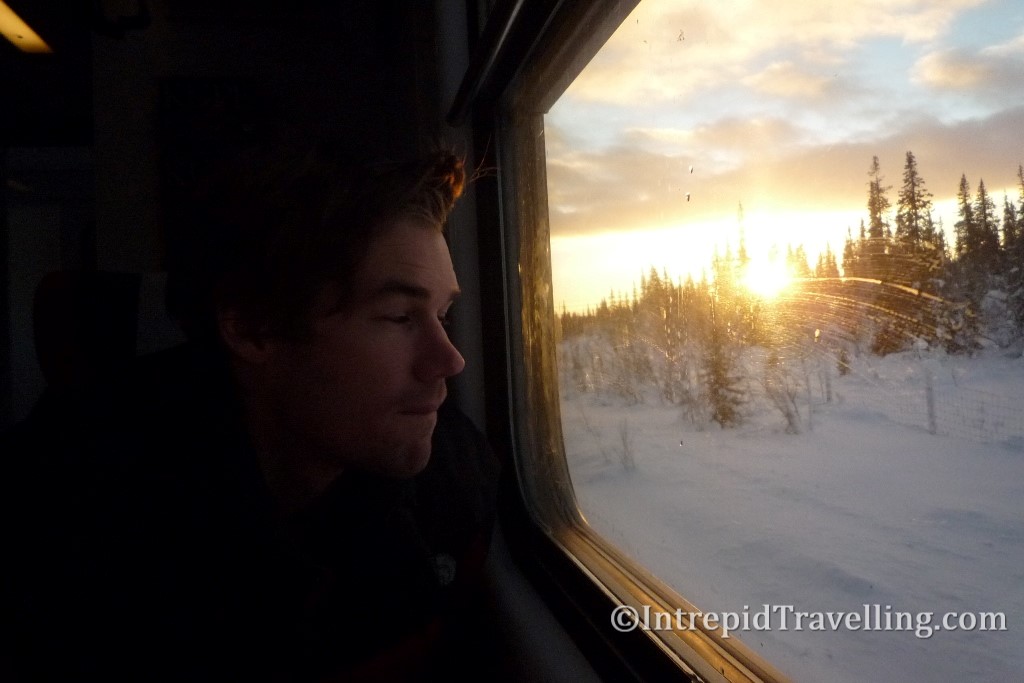
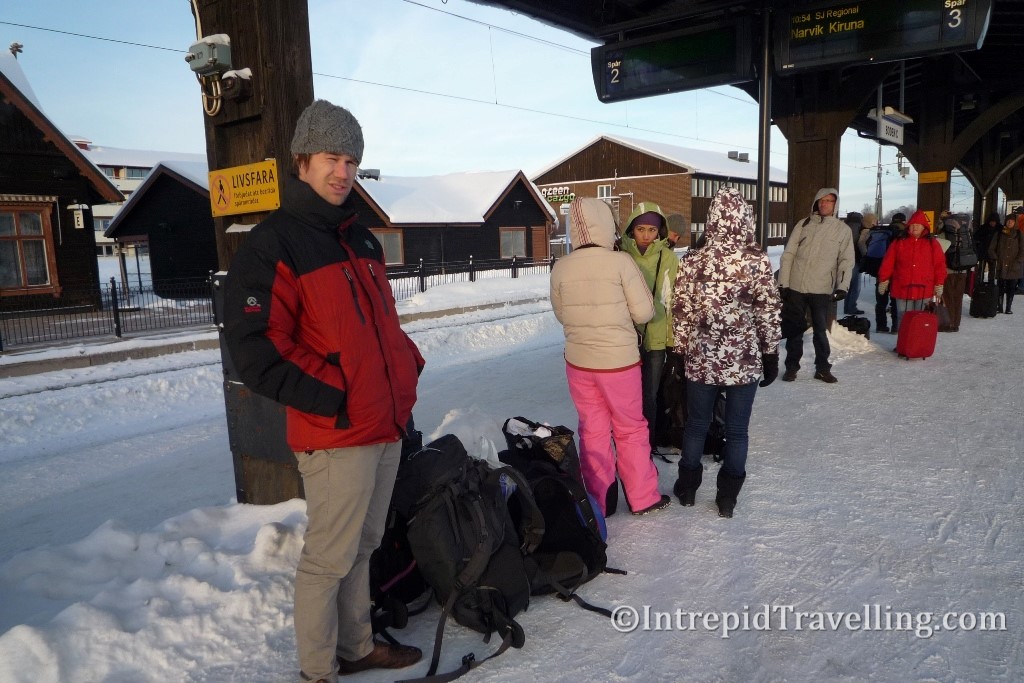
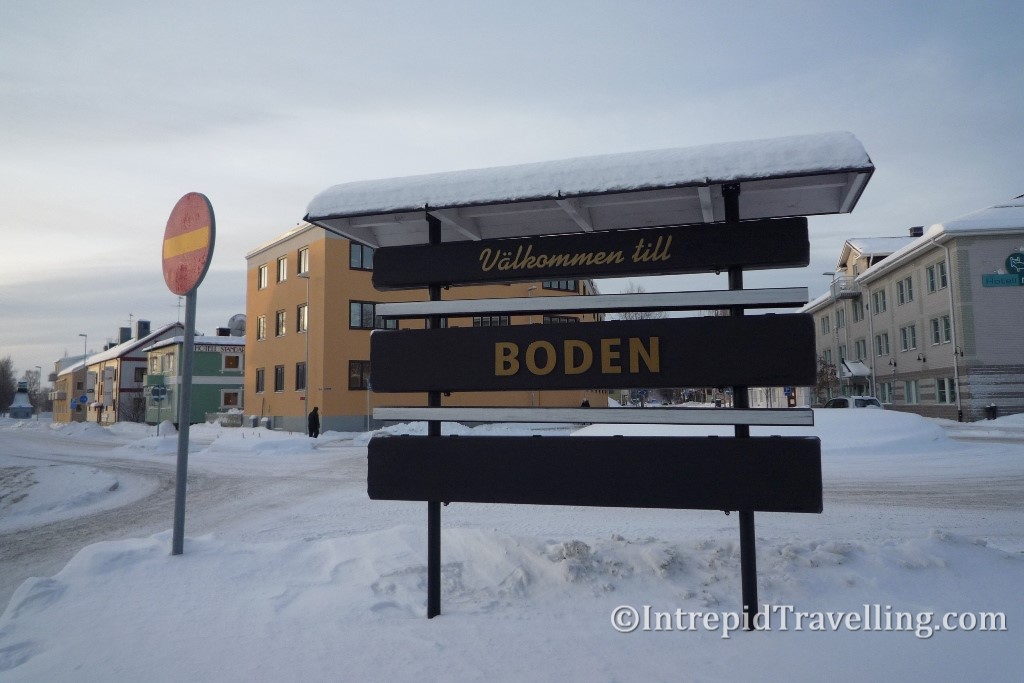
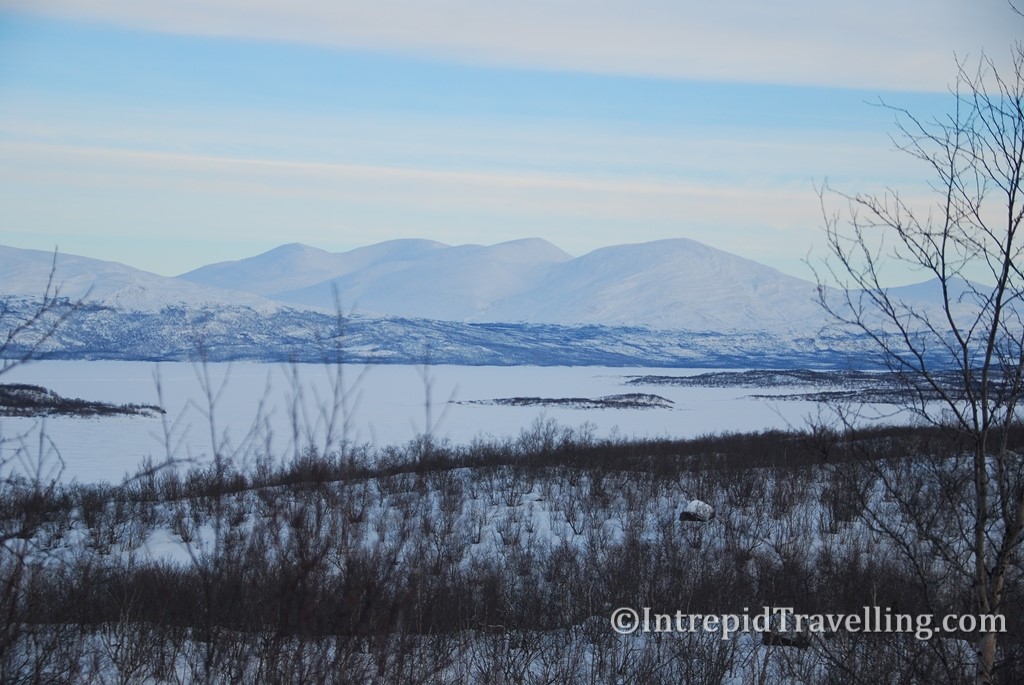
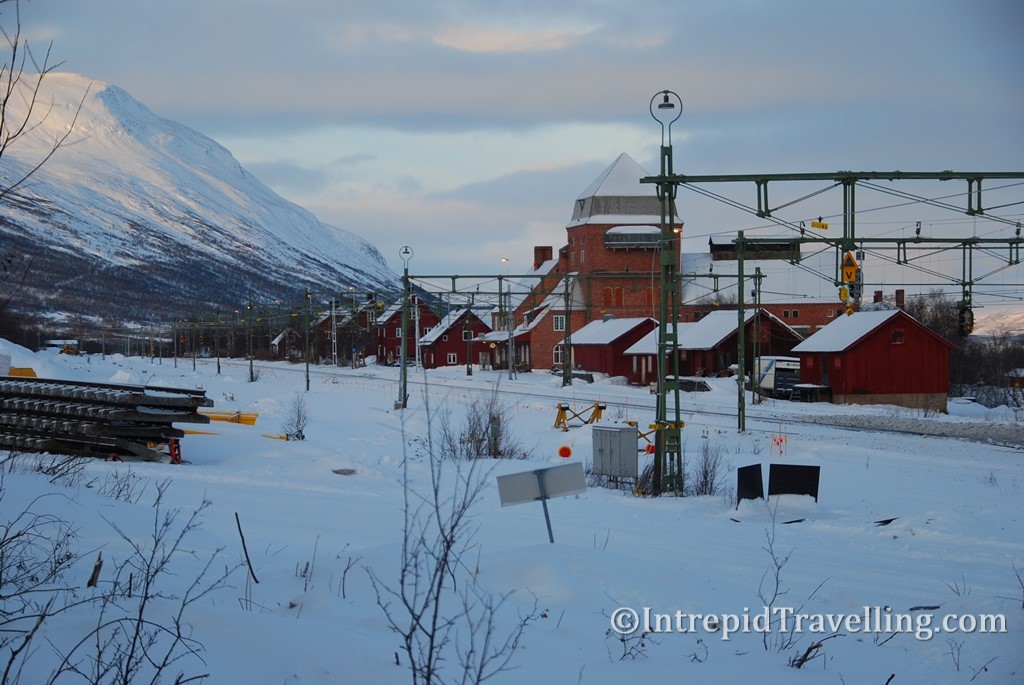
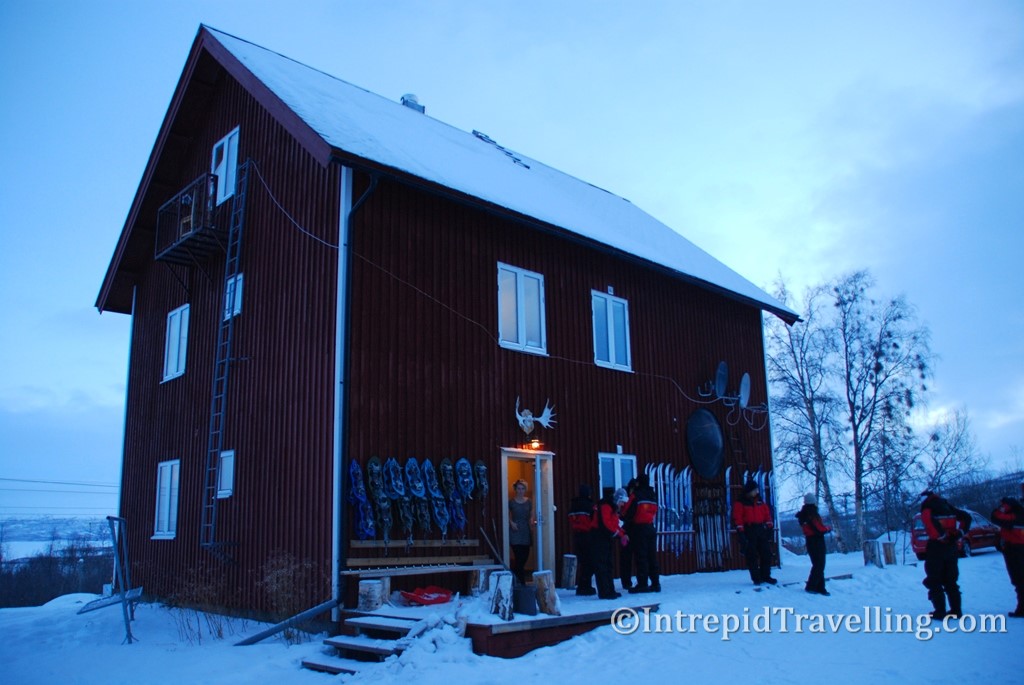
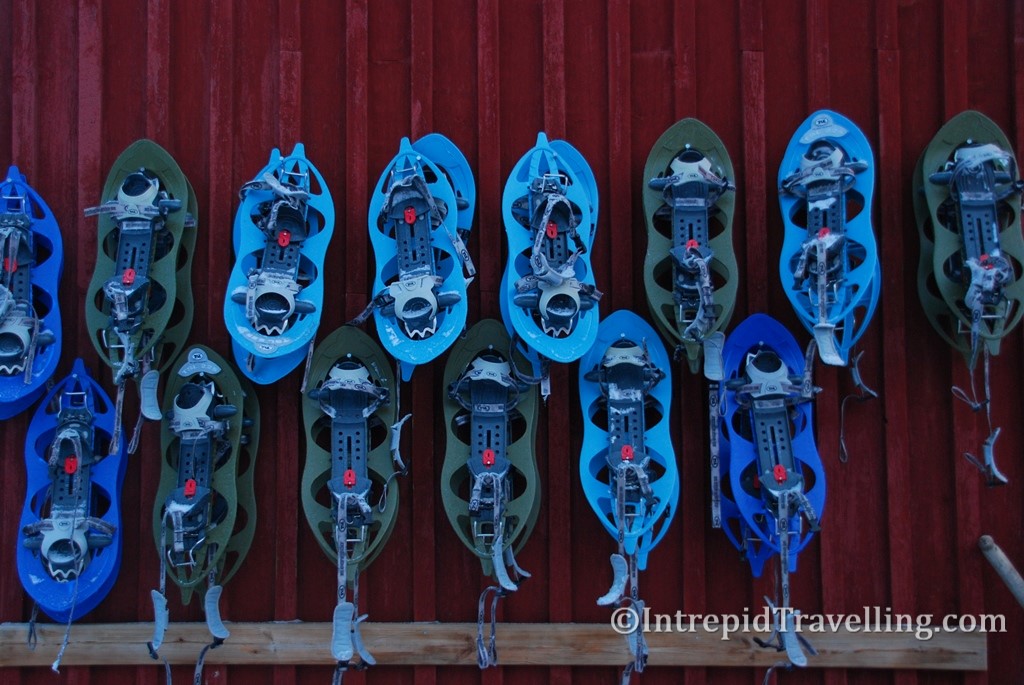
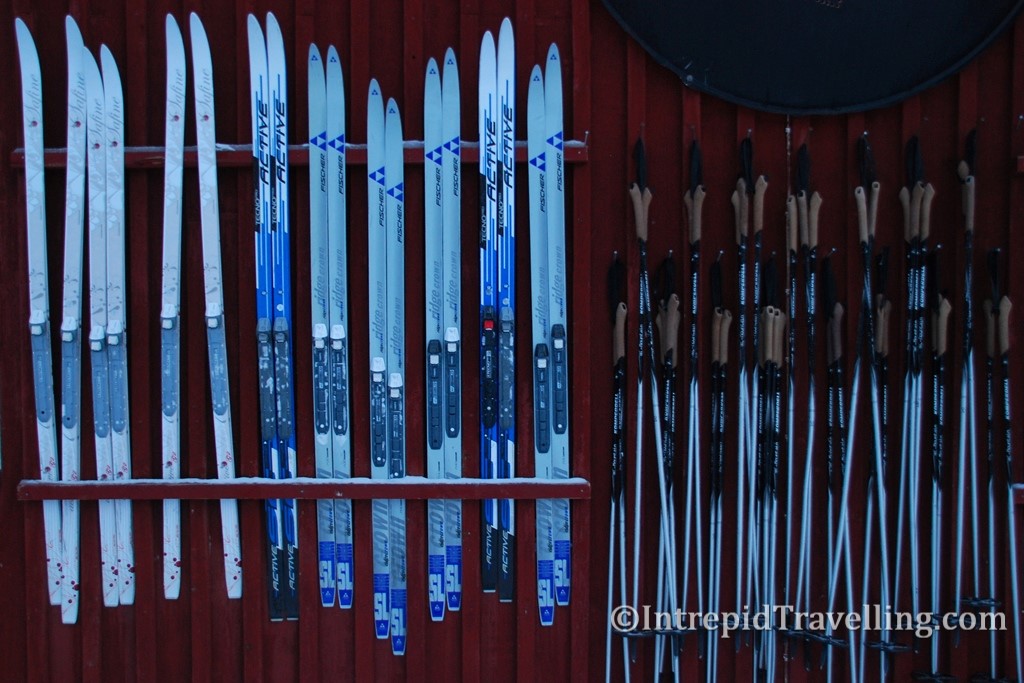
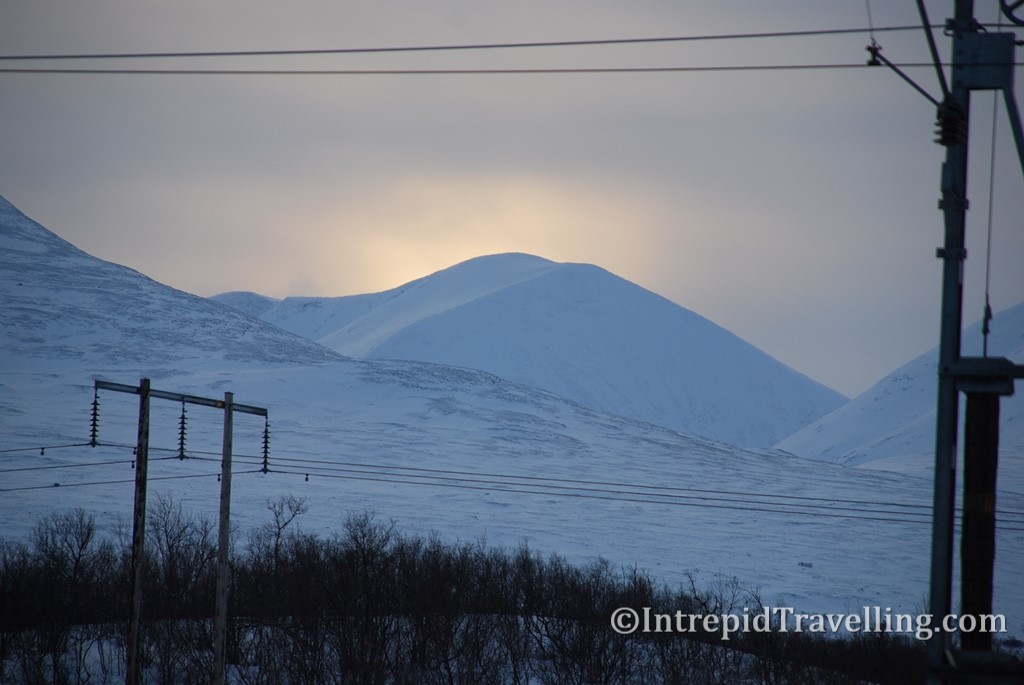
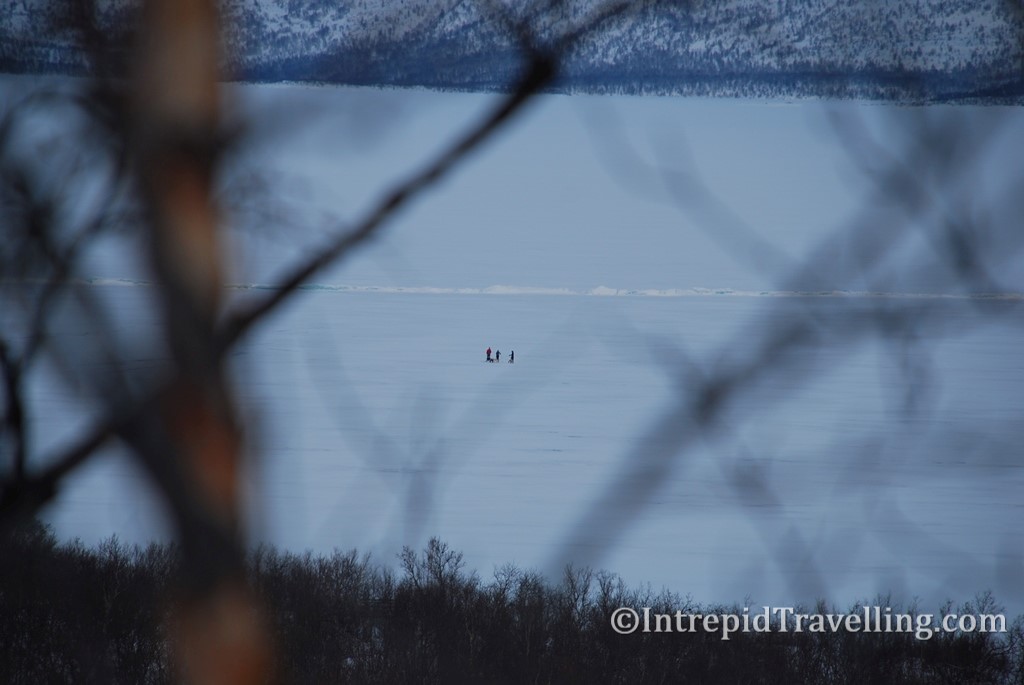
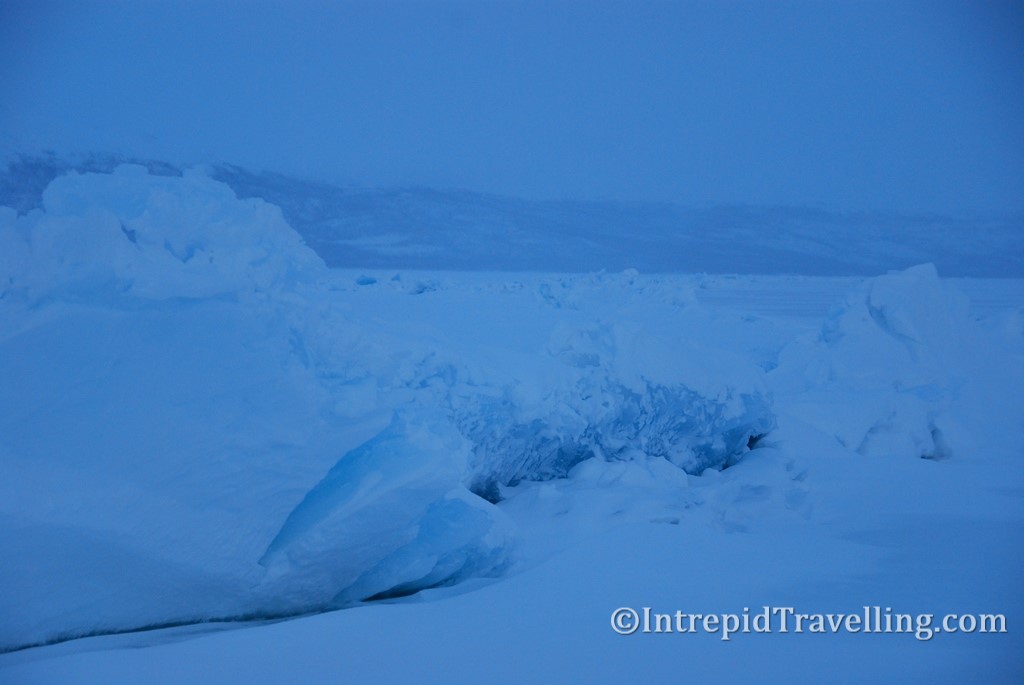
There are many places around the arctic to view the Aurora, with the Aurora Service listing a number of criteria to assess which is ‘the best’ location, but the main considerations in my opinion is as follow;
-
Is the location at sufficiently high latitude for the Aurora to be present?
-
Is the location accessible i.e. practical to get too?
-
Is the weather usually clear?
I personally believe one of the best areas in the northern hemisphere that fits these criteria (and more), is the area around Abisko in the Swedish Lapland. It’s not just my opinion though, it is well known to be an ideal spot due to a unique micro-climate on account of its location east of Norway’s mountains, its latitude within the high arctic, it’s elevated location and dark winter nights. These factors along with its proximity to the Abisko National Park, and the Torneträsk (Torne Lake) which creates the infamous “blue hole of Abisko” which is a patch of sky that stubbornly remains clear, results in a great location for viewing this spectacular natural phenomenon! Abisko is also easily accessible by railway and road access. The Aurora Sky Station located on top of the nearby hill overlooking Abisko is a particularly vantage point for observing the Aurora.
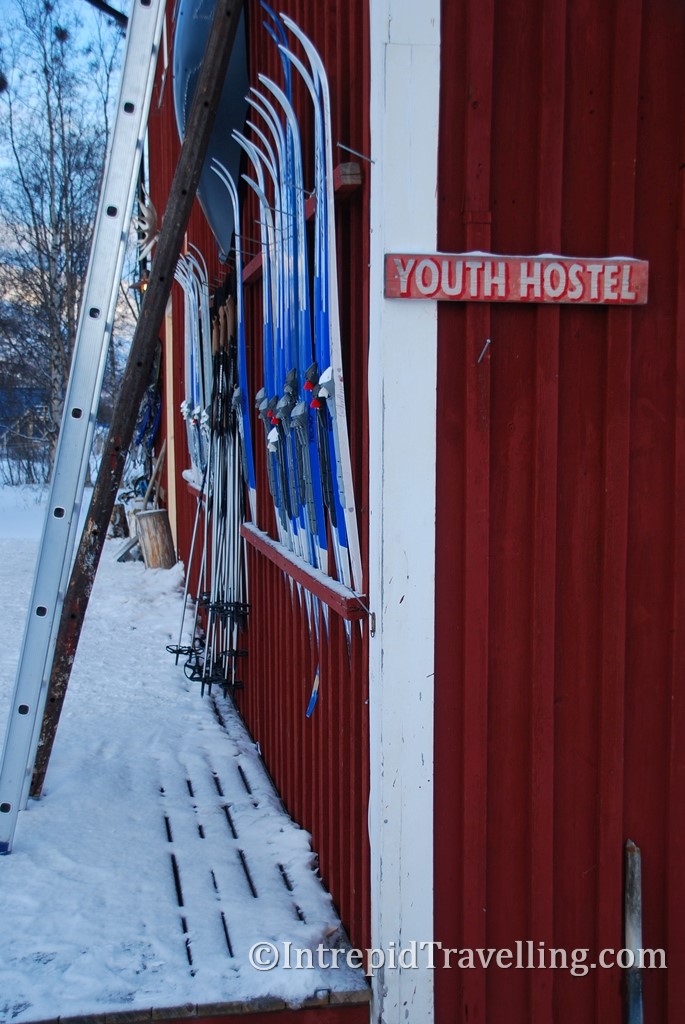
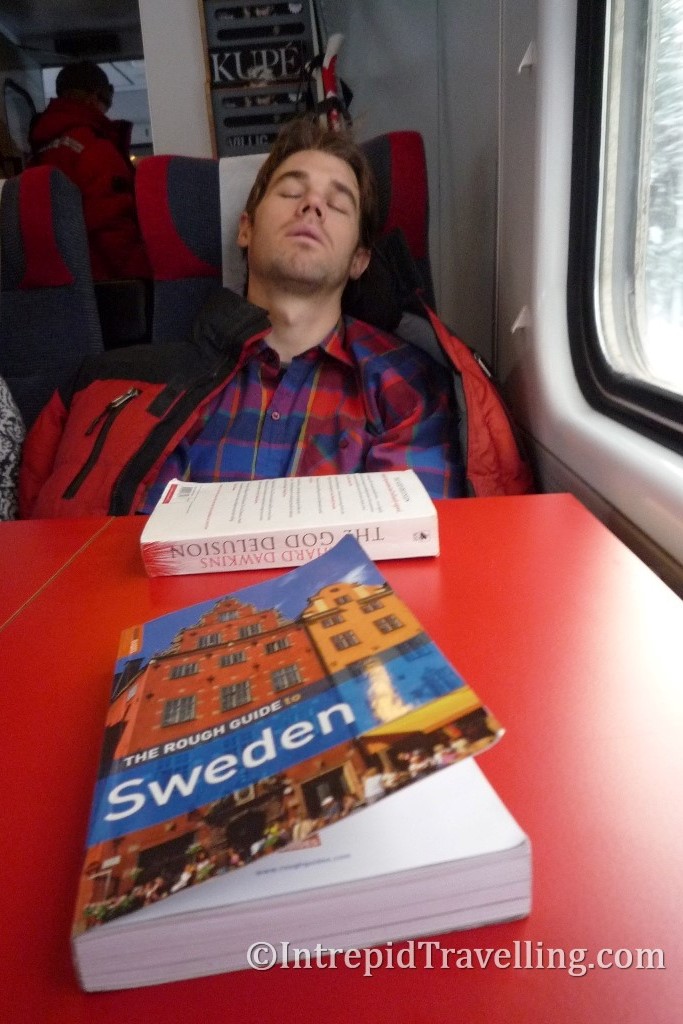
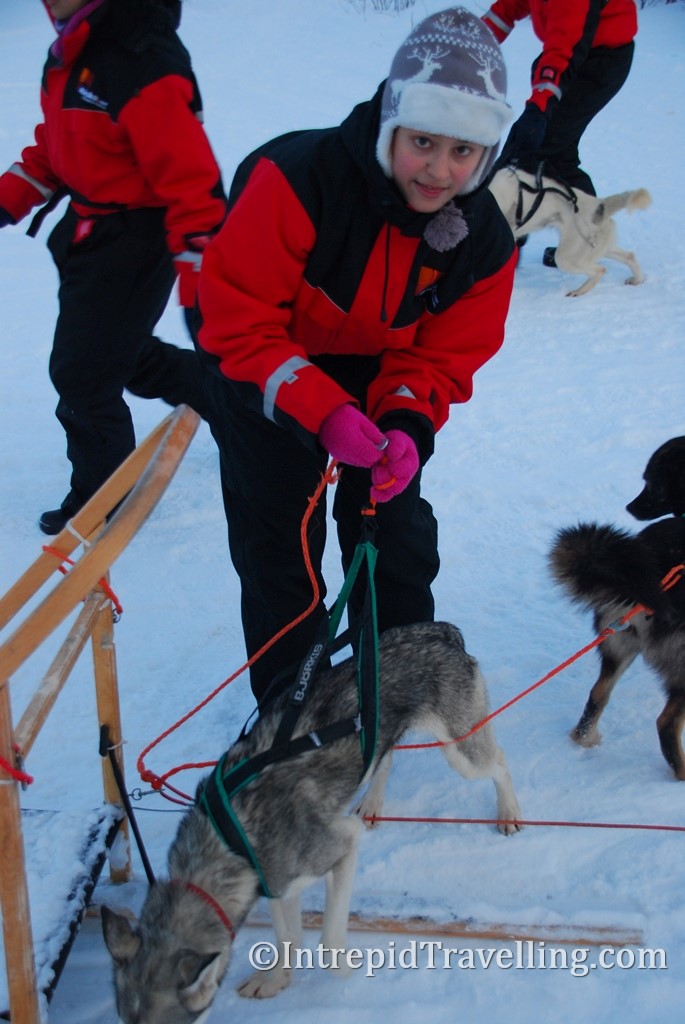
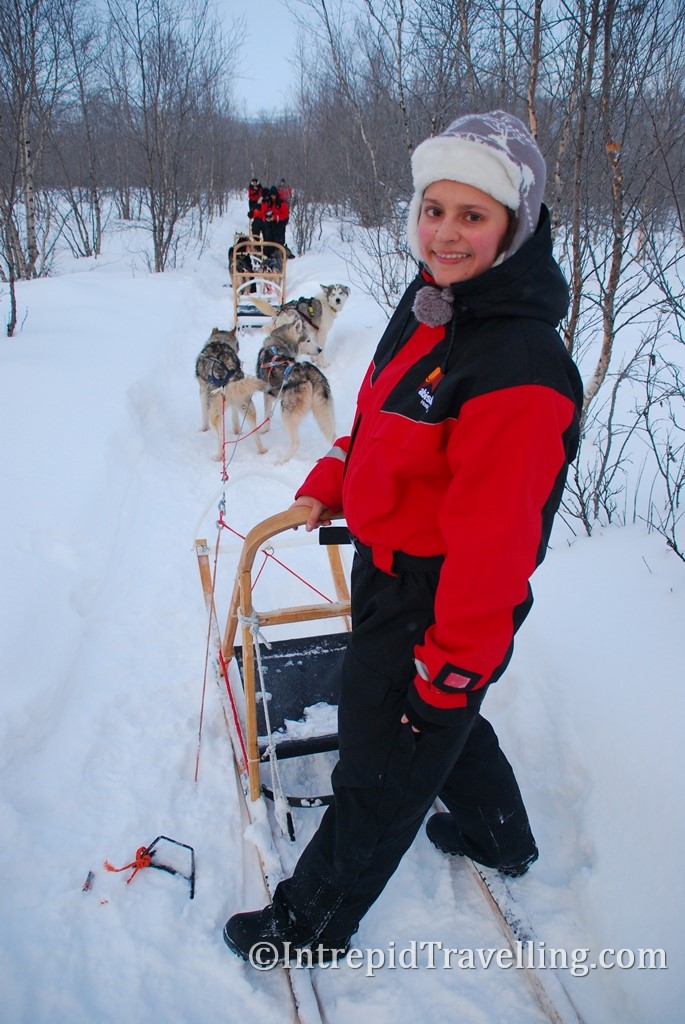
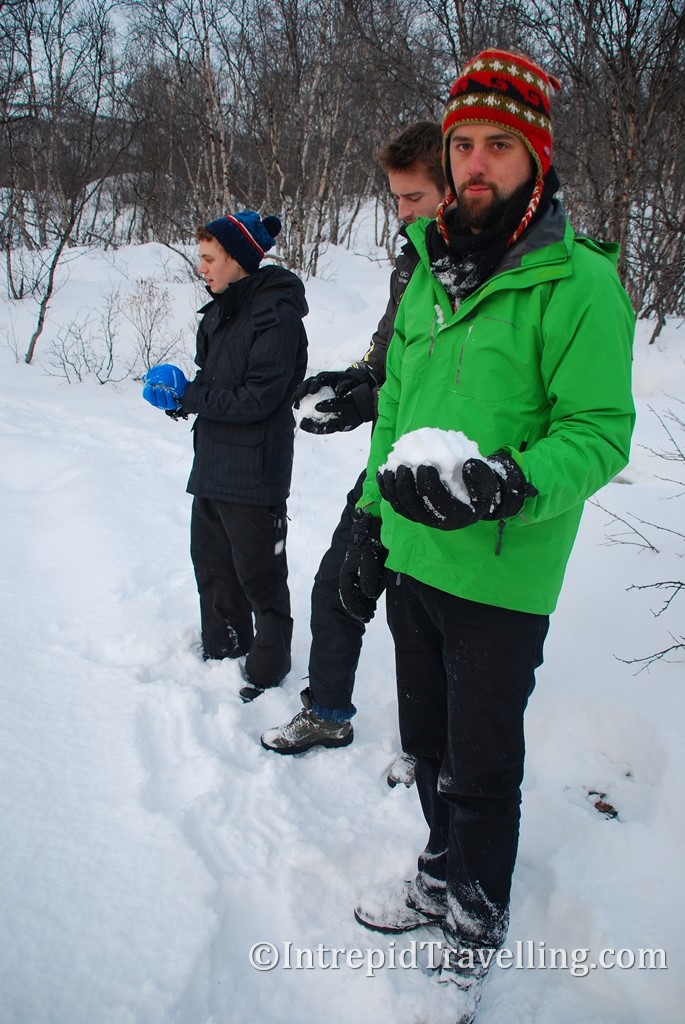
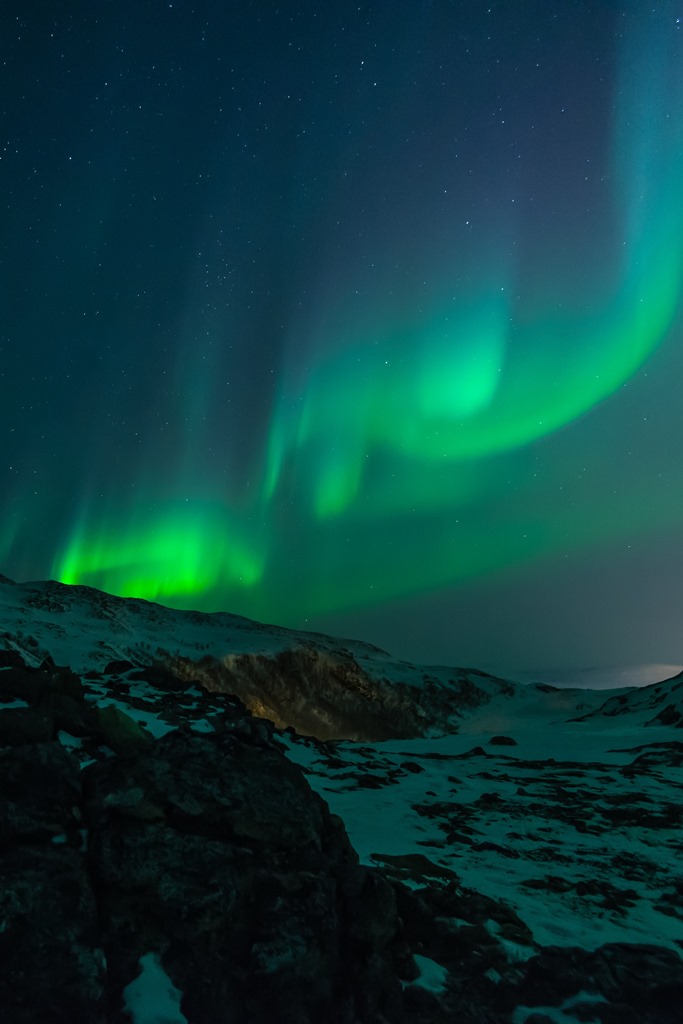
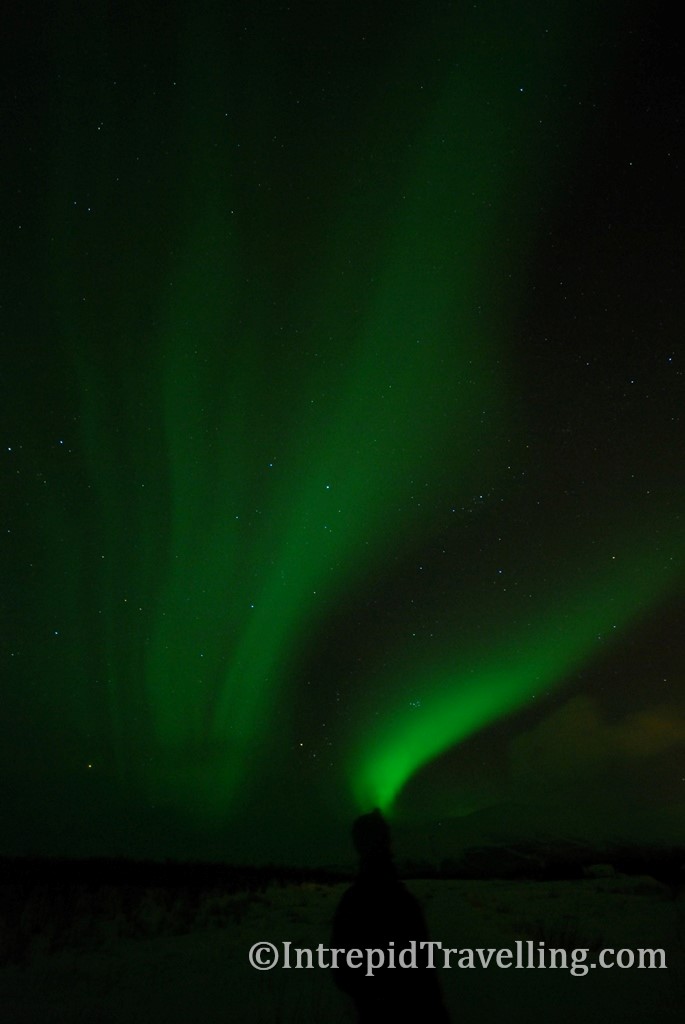
The small settlement of Abisko is approximately 100km west of northern Sweden’s major town Kiruna which is accessible by air from various European cities such as Stockholm, Oslo and London with services run by Scandinavian Airlines (SAS) and Norwegian.
It is also possible to reach Abisko by SJ train from the northern Norwegian town of Narvik or anywhere in Europe via Stockholm. The journey from Stockholm can take up to 20 hours in winter to cover the 1,400km and you’ll need to disembark at the ‘Abisko Turiststation’ stop. Alternatively you can also drive to Abisko as it is easily accessible by car via European route E10 from Kiruna or the rest of Sweden and northern Norway.
There are also several comfortable accommodation options in Abisko, for the intrepid traveller I can recommend the Abisko Fjällturer AB hostel which has the added advantage of providing its primarily ‘budget travellers’ (if there is such a thing in Scandinavia) a range of winter activities and equipment. You can even tick off another of life’s items off your bucket winter Dog Sledding in the Arctic! A slightly higher level of accommodation is available at STF Abisko Mountain Station which is also located within the village and near the train station.

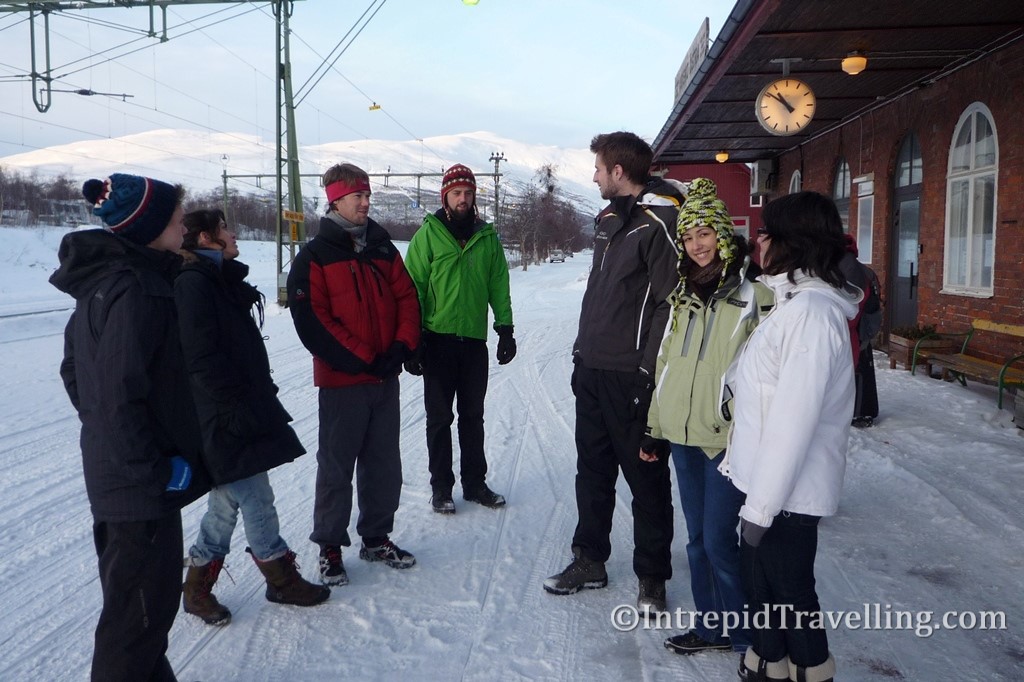
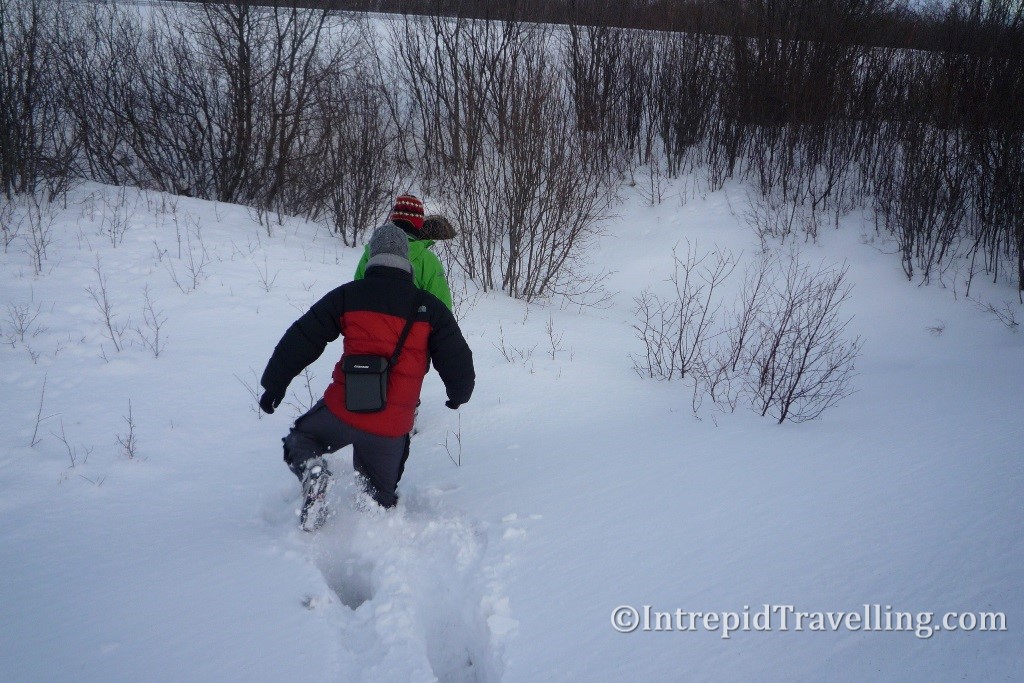
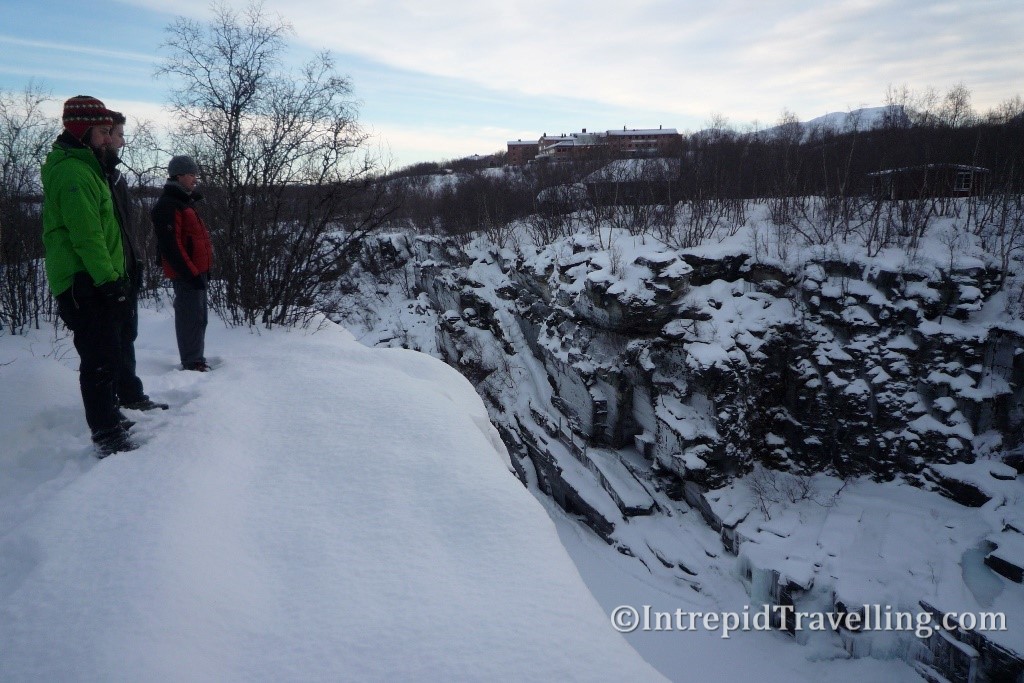
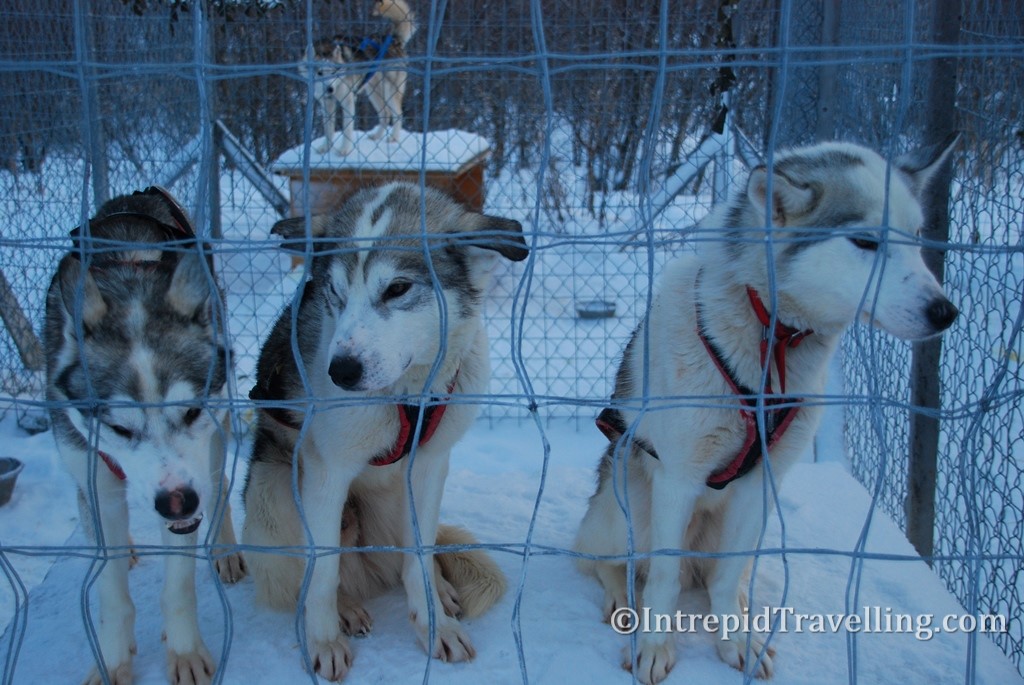
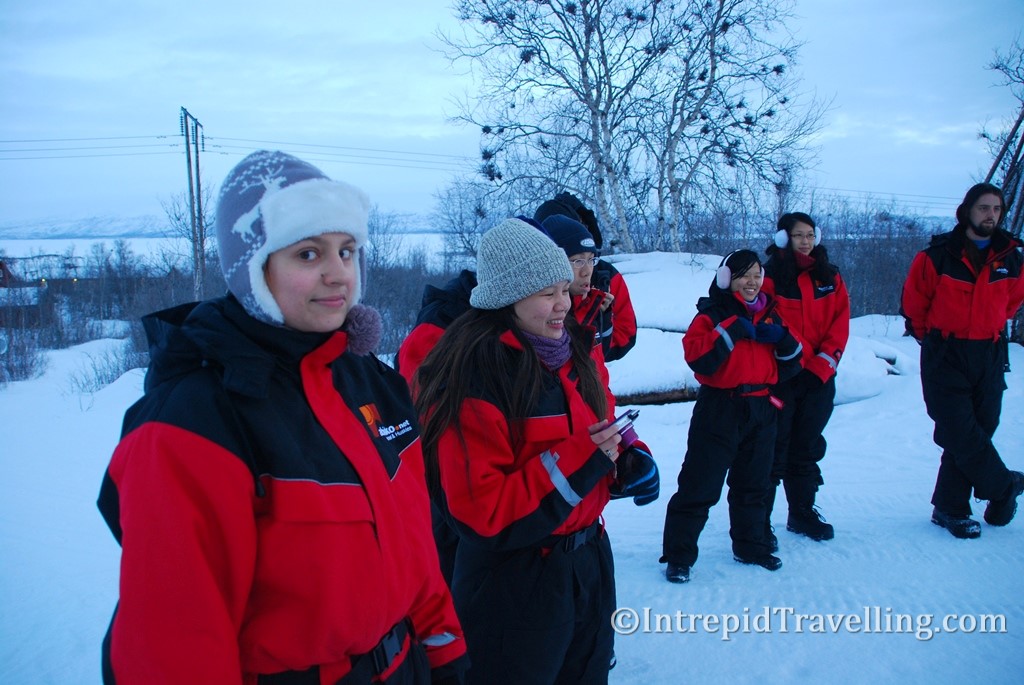
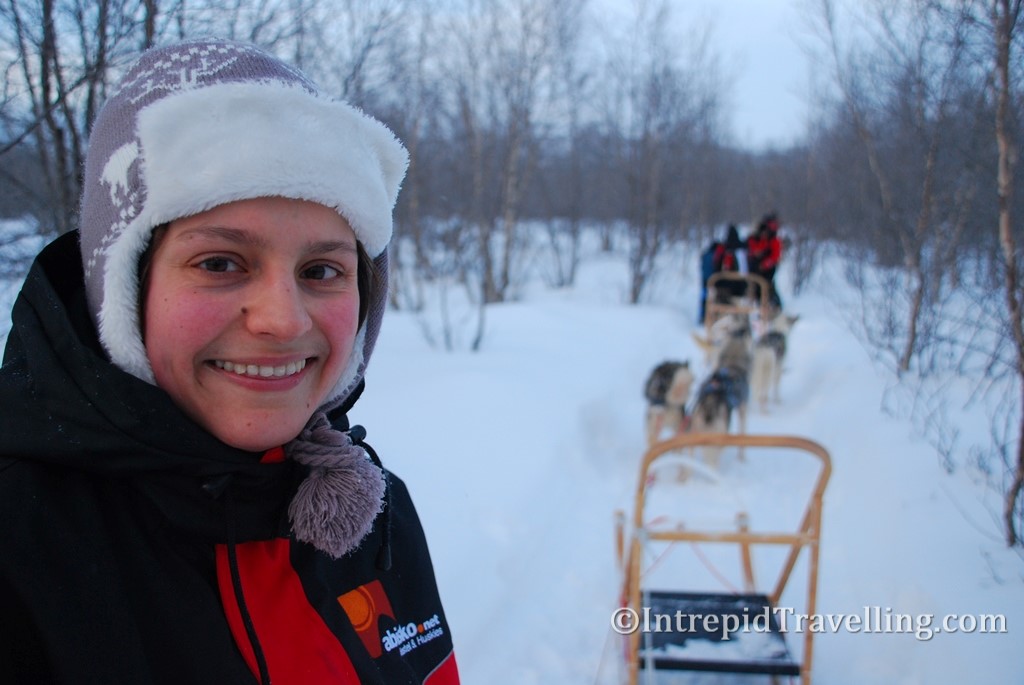
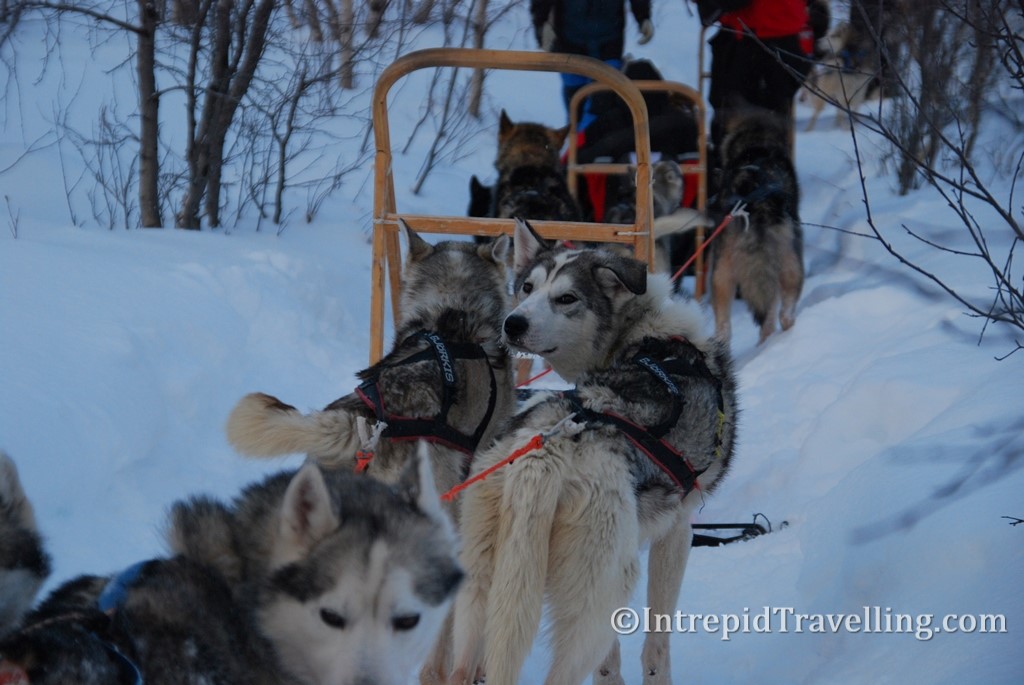
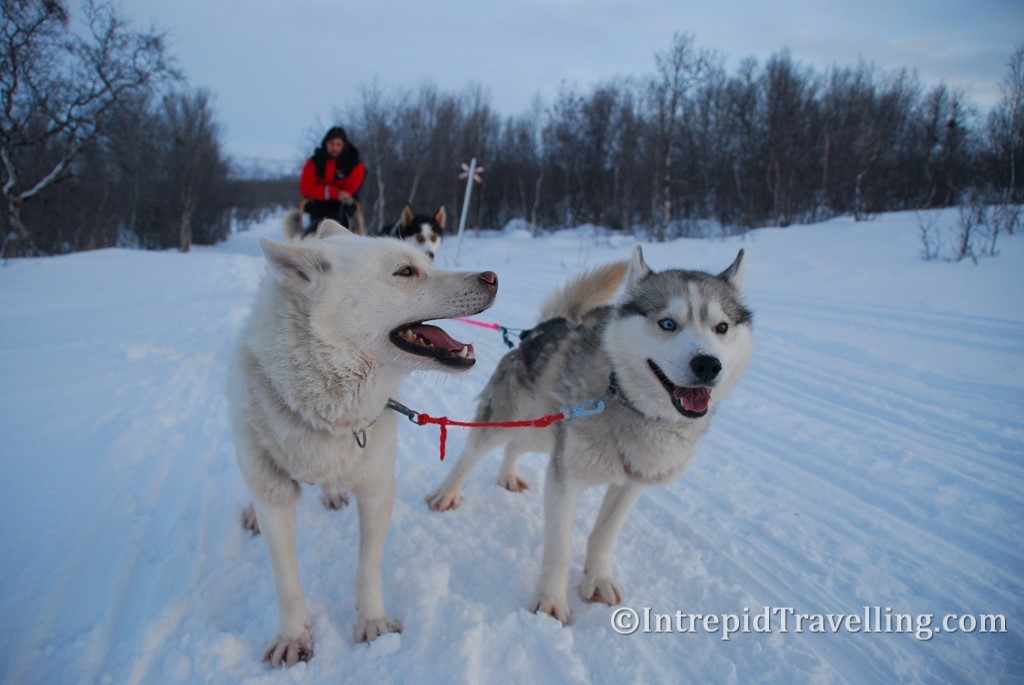
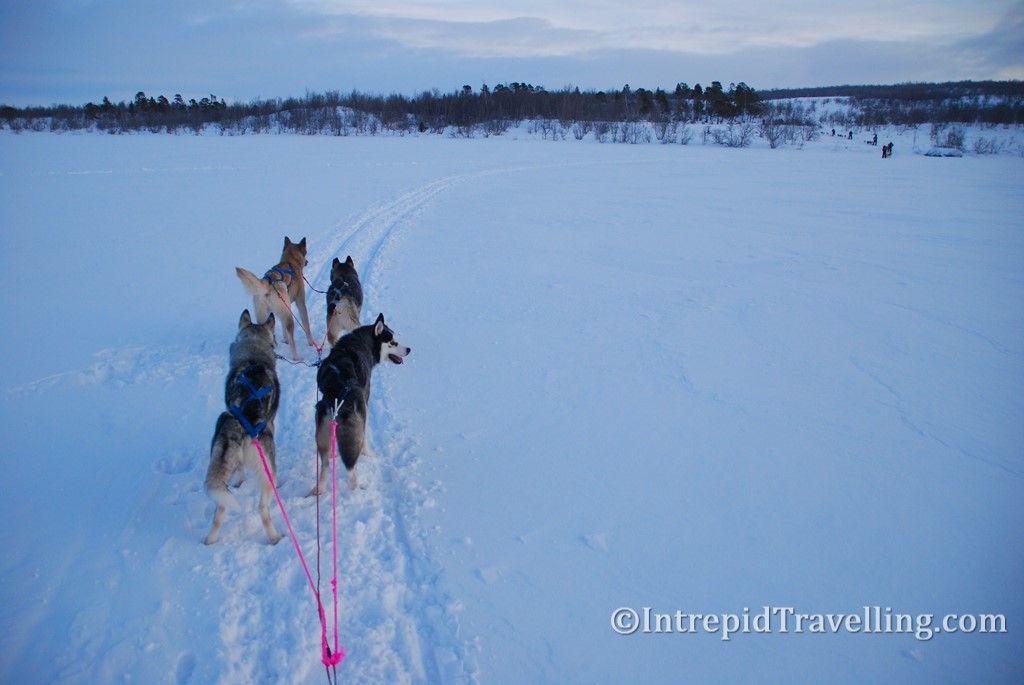
Even though you might come prepared for the cold, Abisko can be surprisingly cold especially since you will likely be standing still watching (and often waiting) for the Aurora for extended periods. The arctic air will chill you and ruin your experience if you don’t come prepared for it, so a few basic tips when in Abisko during the arctic winter center around bringing warm clothes such as thermal leggings, long sleeved shirt, sweaters, a scarf, hat and gloves. Ideally your footwear will be waterproof and you should wear thick insulating woollen socks as it’s the thick layer of insulating air that provides you warm during an icy arctic night. Finally, avoid having a shower or sauna before heading out as this will lower your body temperature, may have wet hair and remove oils which can help protect your skin against frigid air temperatures!
All going well, you’ll have an incredible experience in Abisko, and I recommend allowing yourself several at least 4 days to a week in Abisko, if possible, to give yourself the best chance of seeing the Aurora as they may not always be visible on a given day due to the space weather, cloud cover etc.

